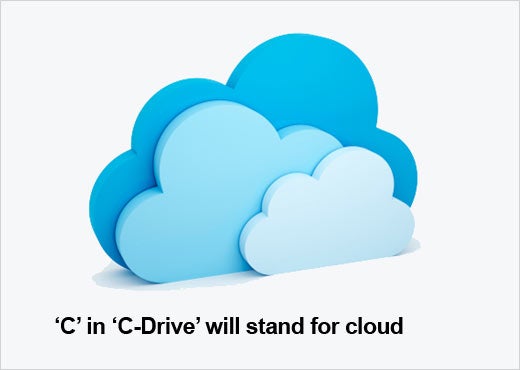As 2012 is nearing its end, it’s time once again to look forward to what 2013 will bring. Siemens Enterprise Communications has developed a list of 10 predictions they expect to see in the new year. The intersection of mobility, social and cloud continues to heavily influence Siemens’ outlook, along with underlying themes of consumerization of IT and the emergence of big data in enterprise communications.
Click through for 10 enterprise communication predictions for 2013, as identified by Siemens Enterprise Communications.
All Web browsers installed in 2013 will have real-time communications capabilities built-in.
As social media “fatigue” sets in, a more structured, strategic and productive social media model will emerge that is suitable and useful for business users trying to engage and maintain dialog with their marketplace.
Personal clouds will displace USB memory sticks and email as the preferred means for convenient storage “on the fly,” as well as for sharing content for team collaboration.
Consumers will begin to make payments and conduct commerce using the proximity of their smartphone, providing a huge potential for content sharing and unified communications interactions.
New cars in 2013 will feature a place to natively dock your tablet or smartphone in the car dashboard or mirror its content on a dash-embedded multimedia LCD infotainment system screen.
The global use of email will grow and continue to be the central means of electronic communication for business due to its structured, auditable, familiar and ubiquitous nature. In addition, growth in email system add-ins, in the form of email productivity and filtering tools, will spike in growth during 2013.
Captured communication streams create another source of Big Data, driving up team productivity. Recording, transcription, indexing and tagging of communications will emerge as a new source of content, driving a new productivity boost from so-called Big Data.
Users will become the last obstacle to ubiquitous videoconferencing across the enterprise, while most of the traditional obstacles to ubiquitous videoconferencing will go away.
The BYOD phenomena will expand to include other “bring your own” categories, such as “bring your own OS,” “bring your own apps,” “bring your own storage,” and “bring your own cloud.” Half of IT usage decisions are driven by users and line-of-business management outside the traditional corporate IT department.
Enterprises will discover the untapped competitive advantage achievable through improved virtual team performance with the effective use of collaboration technologies and tools.













